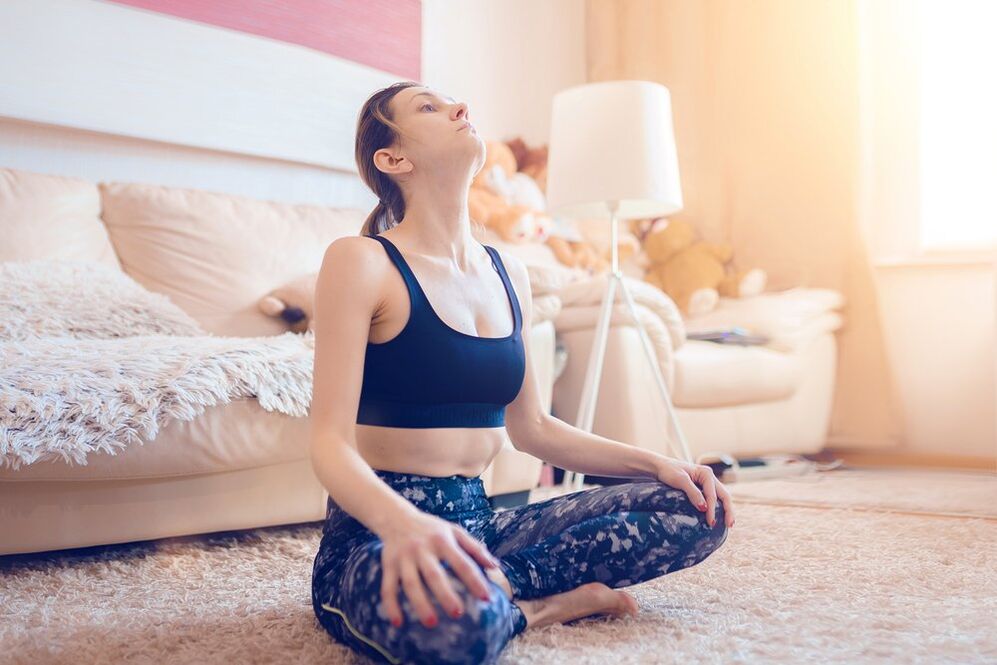Osteochondrosis of the cervical spine is a pathology that more often than others causes neck pain. It is important to diagnose the disease in time and start treatment, which, among other things, includes neck exercises for osteochondrosis. This will help strengthen the muscular corset, form the correct posture and prevent the development of possible complications.
Diagnosis and treatment of cervical osteochondrosis

One may suspect the development of the disease in itself by the appearance of pain, discomfort in the neck, which is exacerbated by turning, tilting the head, prolonged stay in an awkward position, hypothermia. It is important to distinguish osteochondrosis of the cervical spine from compression neuropathy of the median nerve. Experts from the Medical University believe that in 48, 5% of cases the diagnosis is incorrect.
In terms of treatment, biological products in combination with special therapeutic and recreational gymnastic exercises demonstrate the greatest efficiency. Such conclusions were reached by scientists who published the results of their study in the Journal Georgian Medical News.
Physiotherapy exercises for the neck

Physiotherapy for cervical osteochondrosis includes the following exercises:
- Tilting the head. Stand up straight or sit on a chair with your back straight. Slowly tilt your head to your right shoulder, feeling the tension in the neck muscles. Freeze in this position for a few seconds and perform the exercise in the other direction, ie lean towards the opposite shoulder.
- The head turns. Lower your head, trying to touch the indentation with your chin - the jugular fossa. To improve the effect, you can act on the back of the head with cross brushes. Hold at the point of highest tension for a few seconds and then begin to rotate the head - first in one direction, sliding the chin over the upper sternum, then in the other.
- Raising and lowering the shoulders. Stand up straight with your arms at your sides and begin to raise and lower your shoulders. To improve the effect, you can increase the load, and small dumbbells will help you with that. Alternatively, you can fill plastic bottles with water or sand.
- Circular movements with the shoulders. This exercise is very similar to the previous one. The only difference is that the shoulders should not be raised up and down, but make circular motions. Keep your back straight.
- Stretching. Stand up straight or sit on a chair with your back straight. Place your crossed arms at the back of your head. Take your head back while resisting it with your hands. Measure at the highest voltage for a few seconds.
- Flexion. This is similar to the previous exercise, except that it is performed in the opposite direction. You need to put your arms crossed on your forehead and start lowering your head, opposing with your hands. Measure at the highest voltage point for a few seconds.
Exercises should be performed smoothly, slowly, in time with breathing. If severe pain or other unpleasant sensations occur, discontinue exercise and consult a physician.



































